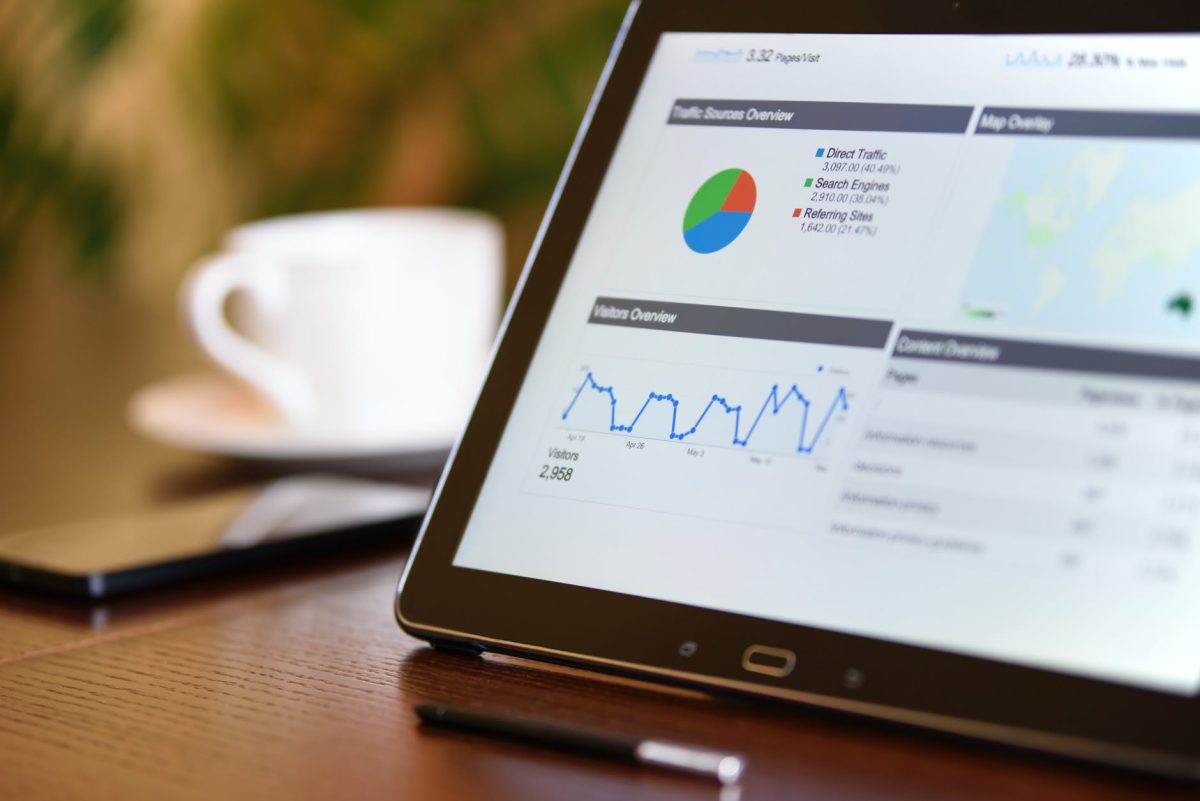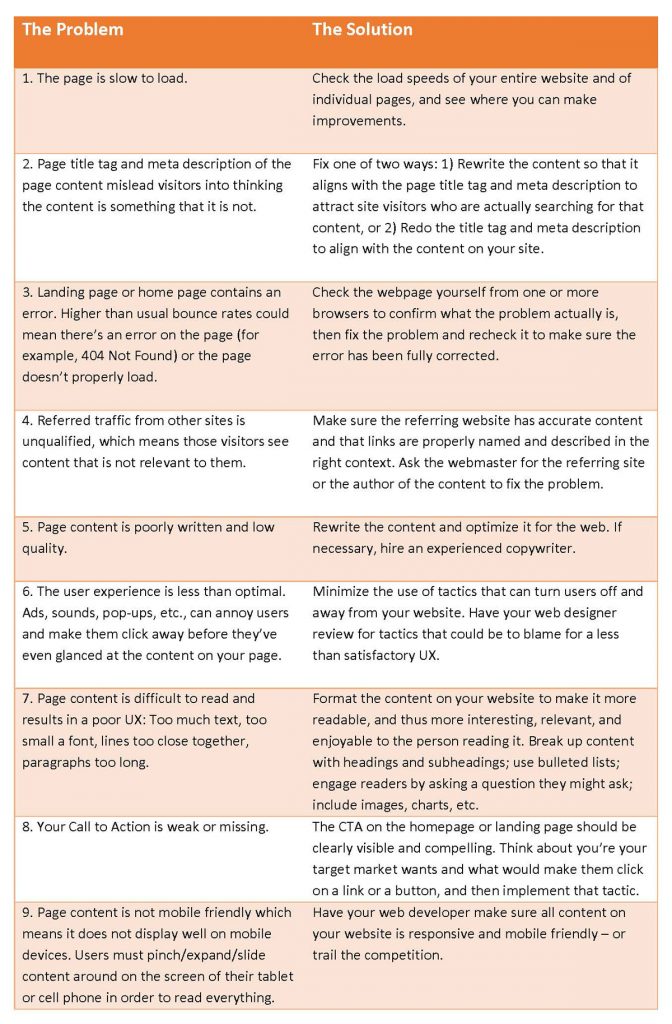Content Marketing and SEO Go Hand in Hand
Web developers have traditionally viewed search engine optimization (SEO) and content marketing as two separate and distinct tools for driving qualified traffic to a website. More recently, however, that thinking has changed. According to entrepreneur and online marketing guru and influencer Neil Patel, “SEO is all about content marketing. And content marketing is all about SEO.” In other words, these two areas are not mutually exclusive; using one does not negate the need to use the other, and vice versa. In fact, SEO and content marketing need each other, and each should integrate the other.
To understand this, you must first be clear on what each area does individually. The job of search engine optimization is to make sure your website and web content are visible on search engine results pages (SERPs) when someone performs an internet search (through Google, Yahoo, Bing, or other search engine) for your service or product offering. On-page SEO activity is all the technical stuff you can do relative to keywords and key phrases behind the scenes of your website, while off-page steps you can take, such as social media, improve your site’s organic search results.
On the other hand, according to Content Marketing Institute, content marketing is “… a strategic marketing approach focused on creating and distributing valuable, relevant, and consistent content to attract and retain a clearly defined audience — and, ultimately, to drive profitable customer action.” With content marketing, customers and prospective customers find the information on your website to be interesting and engaging, and useful in that it helps them solve a problem or fulfill a need. Your content marketing establishes you as an authority in the market and helps you build relationships and trust with customers. The objective of content marketing is to increase sales and drive customers to your online business who are qualified and likely to become repeat clients.
When SEO and content marketing combine/intersect/overlap/converge, etc., the results are powerful indeed. To achieve the desired results, the technical aspects of your SEO efforts must cross into your content marketing efforts, and SEO techniques should be applied as you implement content marketing – neither should be developed or applied in a silo.
How SEO and Content Marketing Combine Forces
- Keywords: The primary component of SEO involves using the right keywords (including keyword phrases and long-tail keywords), plus tracking how well they rank in SERPs. Since long gone are the days of loading up a page of content with keywords and phrases that appear to have been combined by a robot instead of a human, web content must use keywords strategically in content that is well-written and relevant to the user.
- Links and linkbacks: When the content you produce is good – really good – others will want to link back to it. Consider this: If other users or websites find the content on your blog to be relevant, interesting, and valuable, they will link back to it from their own site – a situation SEO thrives on. Let your content marketing specialists develop the content you need to attract attention and drive others to click on links to your site.
- Fresh content delivers: Content marketing, with full attention to SEO, is not a once-and-done deal. Don’t think you can post amazing content and then sit back and wait for the results to pour in. For this dynamic to deliver the best results in terms of search engine indexing and ranking, you need to produce fresh content on a consistent basis – and ensure the new content is just as valuable and makes just as good use of SEO as the content that came before it.
The importance of content marketing combined with proper SEO cannot be overstated. Done right, your SEO strategy should mean your business is found organically online and your content marketing strategy engages users and converts them into paying customers.
If you would like to learn more about how SEO and content marketing can work for your business, contact the experts at Perfexion, Inc. Perfexion’s qualified professionals specialize in managing and maximizing clients’ web content, ranking, and search results traffic.
WEBSITE pfxn.com
E-MAIL hello@pfxn.com
CALL 610-783-7660
SAY HELLO




